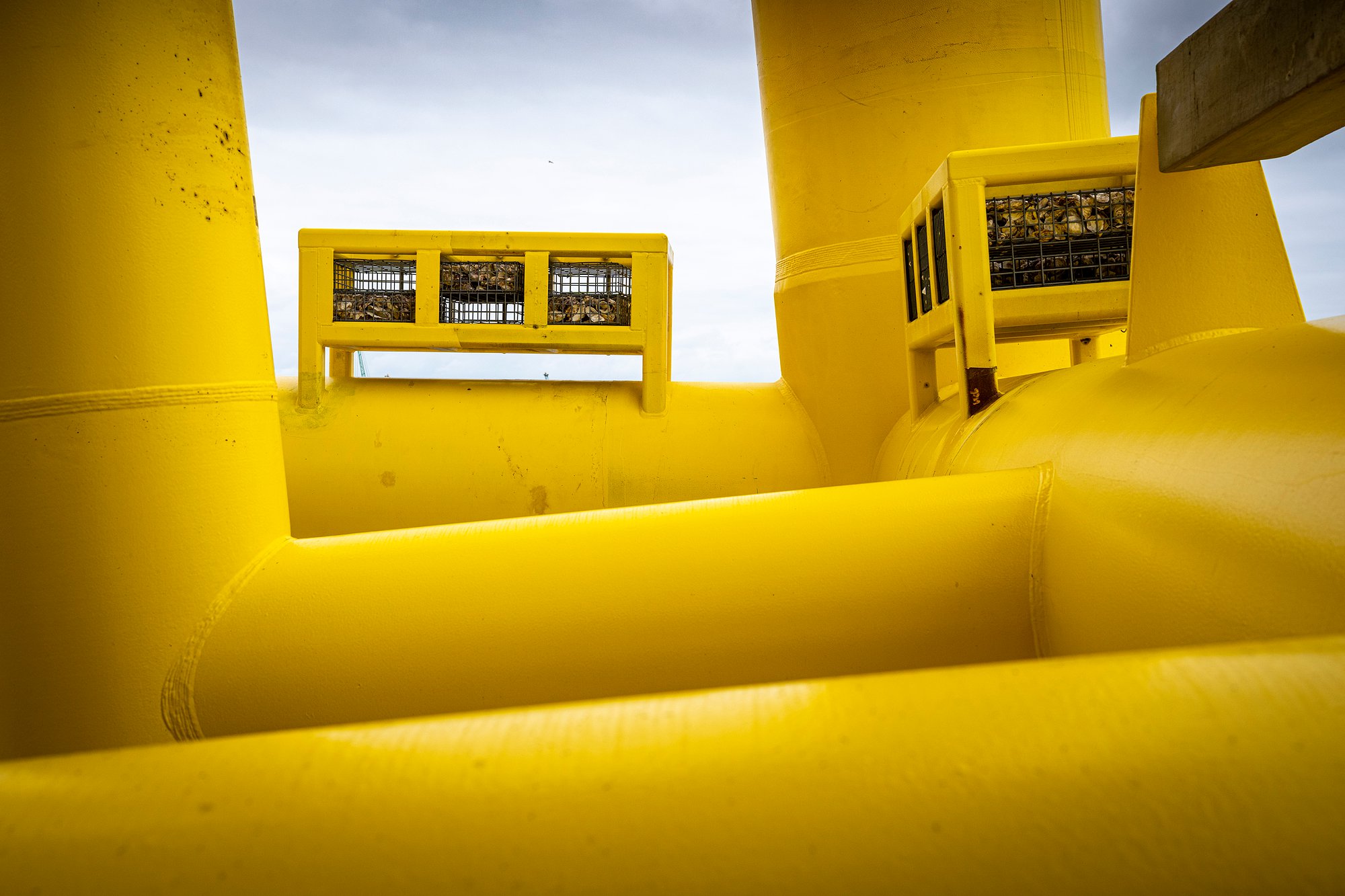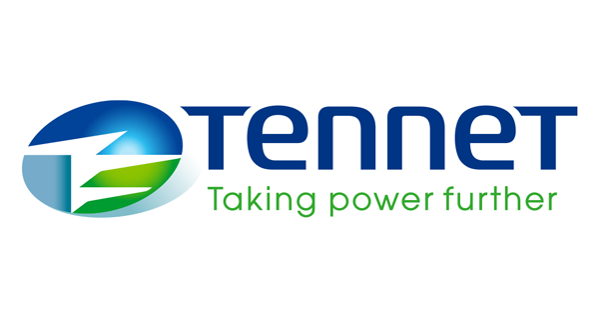This project by TenneT aims to measure biodiversity from nature inclusive designs installed around an offshore high voltage station in the Hollandse Kust Noord platform. When various species of small fish populate marine ecosystems like fish hotels, other marine species follow due to increased food availability. To provide shelter and safe foraging for small fish, Ecocean’s fish hotels were attached to the platform legs of a jacket. The team measured differences of species diversity and volume in jackets with and without fish hotels.
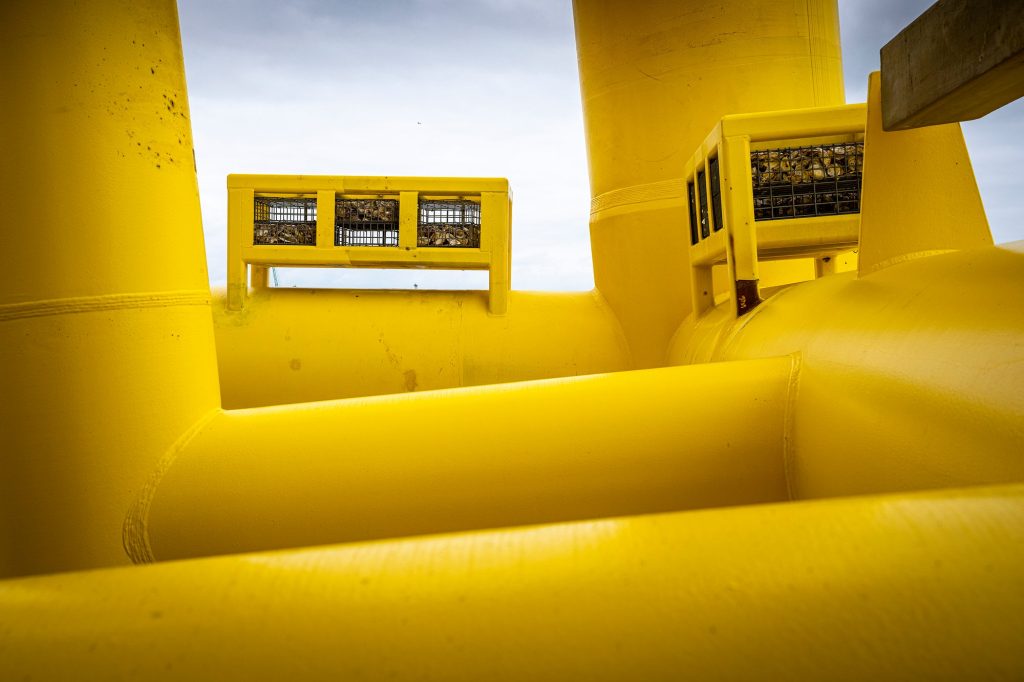
Methods
To explore the potential of nature-inclusive jackets, TenneT installed fish hotels on the submerged area of an offshore high voltage station’s jacket columns. Fish hotels are large steel structures containing inner mesh structures (‘biohuts’) filled with materials like shells and fruit tree wood. Two fish hotels were installed on each jacket, with three biohuts inside each hotel. For this project, the hotels were custom-designed for local ecological needs. The fish hotels were installed on the jackets before placement, secured to a low position within the columns to protect ‘guests’ from invasive species and hydrodynamic forces.
Like a nursery, the hotel can also shelter young species until they become juveniles. The exterior of the fish hotels is designed to last for up to 40 years, while inner biohuts last around a decade. Ideally, species will eventually take over the mesh function in the inner biohuts. Monitoring is conducted with visual ROV surveys and eDNA analysis. Approval for TenneT’s use of the fish hotel design was required by the Consumer and Market Authorities (ACM).
Results
Conclusions have yet to be determined. A single survey was conducted to examine the structural integrity of the fish hotels, which showed that the hotels were intact. The team originally expected that the structure may fall off of the jacket columns, and that the oyster shells used with the structures may be pulverized during the installation. Fortunately, neither situation occurred. Using one large structure to house the biohuts and products (as opposed to multiple smaller structures) contributed to the overall structural integrity of the fish hotels.
Tips and Tricks
- The project used two fish hotels per jacket, but the team would prefer to use more hotels placed closely together to increase momentum for biodiversity.
- Timing is everything. Include your designs from the start of your project, and in your employer requirements and work processes. Retroactive application can lead to timing mismatches and may be less realistic to incorporate into plans.
Checking into fish hotels
Watch an interview with Saskia Jaarsma (TenneT) during a workshop organized by RGI and the Offshore Coalition for Energy and Nature (OCEaN). ‘Fish Hotels’ were installed in 2021 with the goal of creating new habitat opportunities for marine species.
Products used on this project
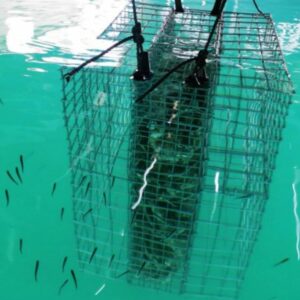
Biohut
EcoceanThe Biohut is a metal cage structure which offers shelter for species to swim inside. Biohuts can be filled with substrate (for example, shell material), and living shellfish for added habitat complexity and population restoration.
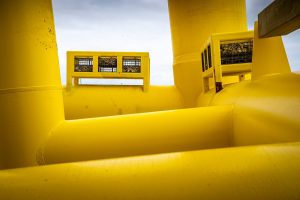
Fish Hotels
Fish Hotels are metal constructions which can be placed on assets such as jacket legs of offshore platforms. Inside the metal construction, smaller cages can be placed such as a Biohut. The Fish Hotel offers stability and protection for the product on the inside.
Let's connect
Ready to dive into nature enhancement? Send us an email to share your questions, feedback, or projects you’re working on.
